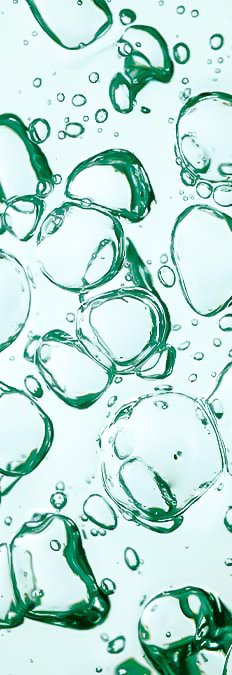

NIACINAMIDE-
What effect does the ingredient niacinamide have on the skin?
Niacinamide or vitamin B3 is a skin-refining and strengthening ingredient. How niacinamide works, which areas of application there are and how it is obtained, you can find out here.
Niacinamide is also known as vitamin B3 and convinces with an intensive care effect for skin and hair. Niacinamide is said to have a pore-refining and brightening effect on the complexion and can strengthen the hair structure. However, this vitamin cannot be produced by the body itself.
The active ingredient niacinamide helps to reduce dark spots on the skin and in this way even out the skin texture and complexion. In addition, sebum production can be reduced by inhibiting the reaction of malonyl-CoA to fatty acids and in this way pores can be refined. Light lines and wrinkles can be reduced by improving collagen synthesis, and the protective function of dry skin can also be strengthened. Overall, new skin formation can be improved by activating cellular proliferation and differentiation processes. In addition, the substance stimulates lipid production and the body’s own collagen and elastin formation.
Due to its particularly good water solubility, the active ingredient is often present primarily in water-based care products, such as toners and serums.
The active ingredient is considered to be very well tolerated and is therefore suitable for all skin types. Niacinamide is particularly recommended for the target group over 40 years of age, as this target group exhibits increasing wrinkle formation, lower skin elasticity and thinner skin.
The use of niacinamide can help with blemished skin and even acne. Niacinamide has an anti-inflammatory, antibacterial and cleansing effect.